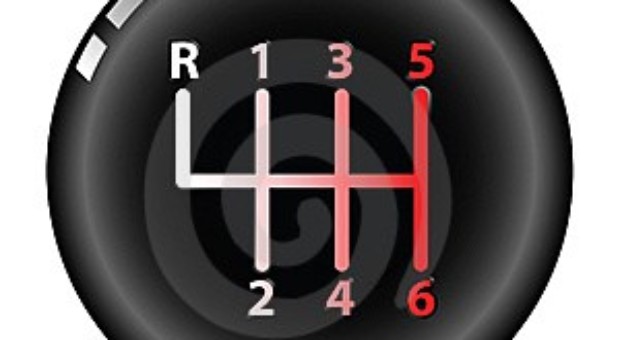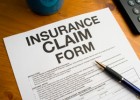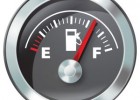
Welcome to my blog for auto news and news about cars. Let##Q##s try together to build a beginner##Q##s driver guide. I will try to present the car as a start, how to change gears, when changing the gears and how to drive efficient.
Driving is the controlled operation and movement of a land vehicle, such as a car, truck or bus.
Driving in traffic is more than just knowing how to operate the mechanisms which control the vehicle; it requires knowing how to apply the rules of the road (which govern safe and efficient sharing with other users). An effective driver also has an intuitive understanding of the basics of vehicle handling and can drive responsibly.
Car drivers are almost universally required to take lessons with an approved instructor and pass a driving test before being granted a license. Almost all countries allow all adults with good vision to apply to take a driving test and, if successful, to drive on public roads.
Right-hand versus left-hand traffic drive
1. Left-hand traffic drive
– All traffic is generally required to keep left unless overtaking.
– Oncoming traffic is seen coming from the right.
– Right-turning traffic must cross oncoming traffic.
– Most traffic signs facing motorists are on the left side of the road.
– Traffic on roundabouts (traffic circles or rotaries) goes clockwise.
– Pedestrians crossing a two-way road look first for traffic from their right
2. Right-hand traffic drive
– All traffic is generally required to keep right unless overtaking.
– Oncoming traffic is seen coming from the left.
– Left-turning traffic must cross oncoming traffic.
– Most traffic signs facing motorists are on the right side of the road.
– Traffic on roundabouts (traffic circles or rotaries) goes anticlockwise.
– Pedestrians crossing a two-way road look first for traffic from their left.
– The lane designated for normal driving and turning right is on the right.
– Most dual carriageway (divided highway) exits are on the right
Driver##Q##s education or driver##Q##s ed is a formal class or program that prepares a new driver to obtain a learner##Q##s permit or driver##Q##s license. It may take place in a classroom, in a vehicle, online, or a combination of the above. Topics of instruction include traffic code or laws and vehicle operation.
Typically, instruction will warn of dangerous conditions in driving such as road conditions, driver impairments, and hazardous weather. Instructional videos may also be shown, demonstrating proper driving strategies and the consequences for not observing the rules.
The term driver##Q##s ed is one that is typically used in the United States, and other countries often have other terms for a driving test or examination.
Obtaining a driving license
Successful completion of a driver education course is required by many state agencies before young drivers receive their driver license or learner##Q##s permit.
In some states students taking driver##Q##s education have the opportunity to receive a waiver for successful course completion which allows them to receive a learner##Q##s permit or driver##Q##s license without taking some of the tests.
A driver##Q##s license/licence or driving licence is an official document which states that a person may operate a motorized vehicle, such as a motorbike, car, truck or a bus, on a public roadway.
Learn How To Drive
The first thing you will need is a vehicle
0. For most vehicles, you will need to take the key that came with the vehicle, or a copy, and insert it into the ignition
1. Try to get on level ground. Put your seatbelt on once you get in. While learning, it##Q##s better to roll down the windows. This helps to better hear the engine sound and adjust the gear shifts accordingly.
2. Identify the pedals. In a manual car, there are three.
3. Learn what the clutch does:
4. Adjust the seat position forward enough to allow you to press the clutch pedal (the left pedal, next to the brake pedal) fully to the floor with your left foot.
5. Press the clutch pedal and hold it to the floor.
6. Move the gear shift to neutral.
7. Start the engine with the key, making sure to keep the clutch pedal held to the floor
8. Press the clutch to the floor again and move the gear shift to first gear.
9. Slowly lift your foot up from the clutch pedal until you hear the engine speed begin to drop, then push it back in.
10. In order to get moving, lift your foot up from the clutch pedal until the RPMs (revs) drop slightly and apply light pressure to the accelerator. Balance the light downward pressure on the accelerator with slowly releasing pressure on the clutch pedal. You will probably have to do this several times to find the right combination of pressure up and down. Another way of doing it is to release the clutch until the moment during which the engine revs down a little and then applying pressure on the accelerator. At this point the car will start to move. It is best to have the engine rev just enough to prevent stalling as the clutch pedal is let up. This process may be a little difficult at first because you are new to the 3 pedals in manual. Always be ready to pull the hand brake to stop in emergency till you have learned.
11. When driving, when your RPM reaches about 3000 to 4000, it is time to shift into second gear.
Now, check a video that teaches how to drive a manual transmission.
How to change gear
Manual Transmission Driving: Learn How To Use A Stick Shift
Learn about the manual transmission and how to drive a stick shift in this free online video lesson.
Traffic Safety Facts





















